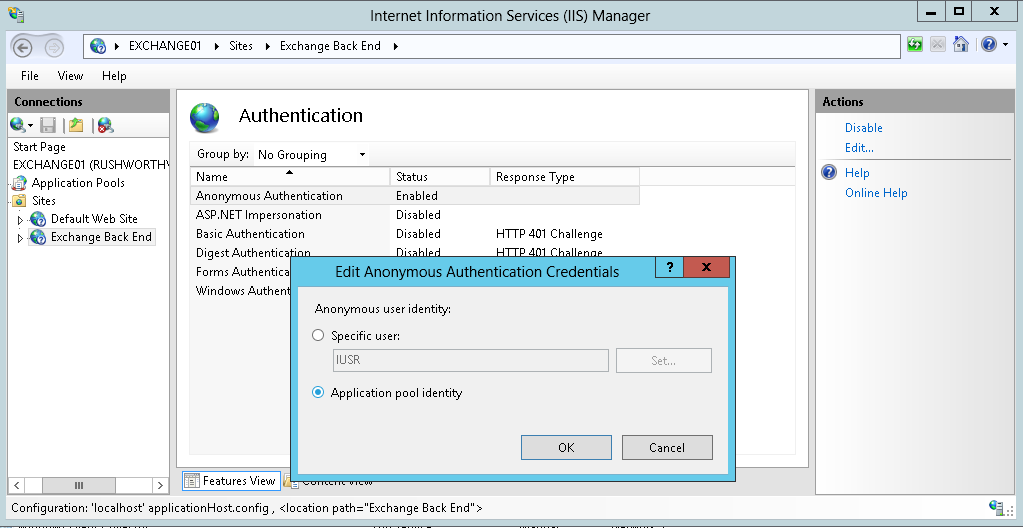Jimmy Kimmel had an interesting comment about his input into the healthcare debate:
“I never imagined I would get involved in something like this, this is not my area of expertise. My area of expertise is eating pizza, and that’s really about it. But we can’t let them do this to our children, our senior citizens, and our veterans, or to any of us.”
But let’s be honest here, there aren’t a lot of people whose area of expertise is the impact of public policy on health care. Kimmel does, however, have expertise in being a health care consumer dealing with a condition where there is no such thing as a rational actor: a parent trying to save their new baby.
Maybe Cassidy will claim he didn’t outright lie, as Kimmel asserts. But saying you have crafted a compassionate health care policy because a parent won’t have to watch their kid die for want of a life-saving surgery is disingenuous. Essentially any health care plan passes “the Kimmel test” unless it repeals the Emergency Medical and Treatment Labor Act (I believe the act scopes the ‘provide emergency care to anyone without considering ability to pay’ bit to facilities that accept Medicare, as it is the acceptance of Medicare funds that places the facility under federal purview … so the parent may need to go do a specific hospital, but they can find one). The hospital has to perform a medical screening, and they are not permitted to discharge the patient without stabilization (or the patient opting out of treatment, or if they are transferring to another facility better equipped to deal with the issue …. but I assume the accepting hospital assumes the same legal burden so the two end points are the condition is stabilized or the patient opts out of treatment.)
It’s an inefficient structure. My sister had a kidney stone. She could go into the hospital a few times a month in extreme pain, take up a doctor’s time, get doped up on some pain killer (which takes up even more of the doctor’s time because there are people who surf hospitals looking for Oxi), be handed a prescription she had no way of filling, and be on her way. Now if the stone ruptured something, surgical intervention may have been required to stabilize her ailment. But it didn’t, so they didn’t have to perform surgery to remove the kidney stone because the condition was stabilized by eliminating pain. It would have been cheaper to just remove the thing, but she couldn’t pay for that service.
Another facet of the long-standing federal law is that the hospital is not prevented from billing you for their services. If her kidney had ruptured and emergency surgery been required, she’d have been billed tens of thousands of dollars. If you don’t have anything to take, there’s a lien that sits on the record it expires. Or you have some assets and need to file bankruptcy to protect your car/home and clear the medical bills.
It’s not enough to say our health care system put a parent in the position of being unable to afford saving their kids life – it’s been that way since 1986. Our health care system shouldn’t make the parent bring their kid in every week to be stabilized until the situation becomes so dire that the underlying condition cannot be stabilized and actually needs to be resolved. Our health care system shouldn’t make a parent file bankruptcy to save their house and car from being liquidated to cover the lien from that hospital bill.



